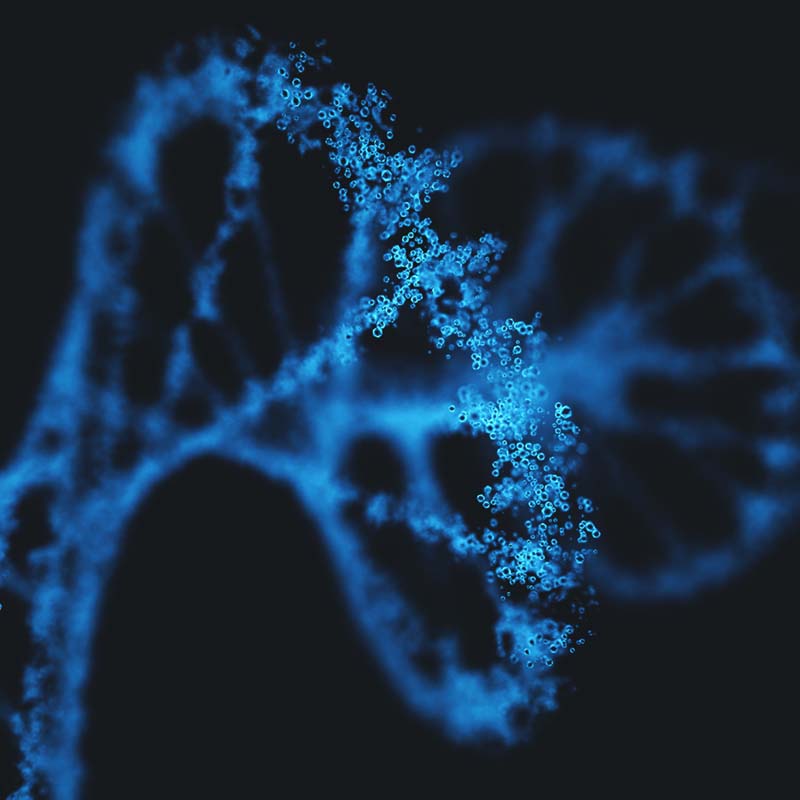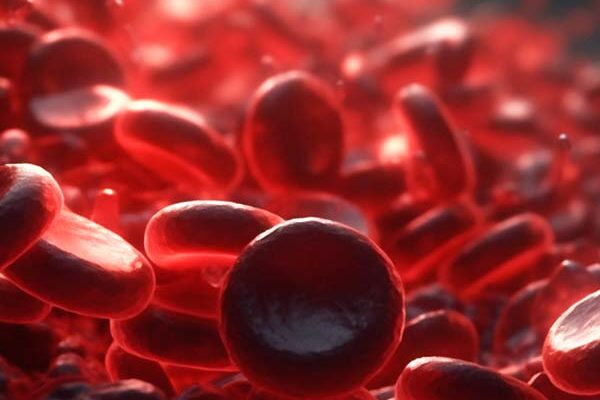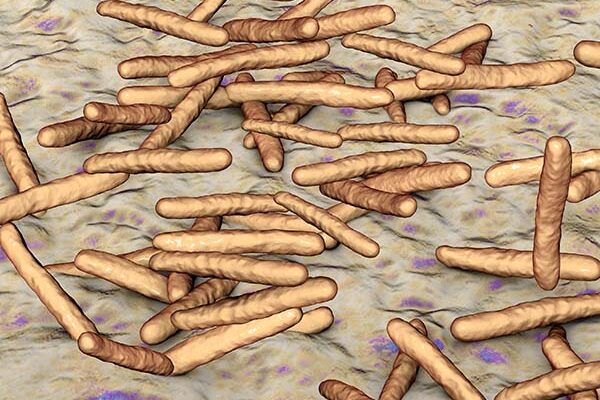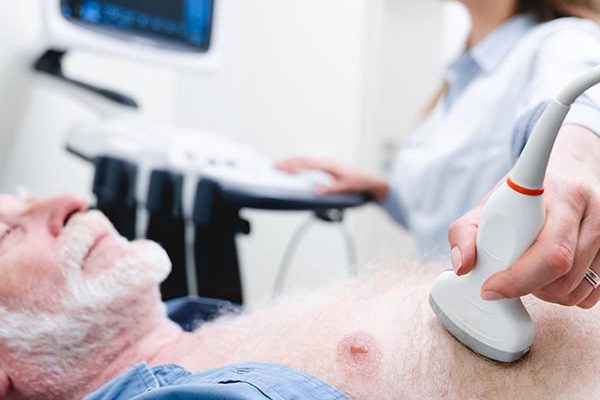Inexpensive, easy to fabricate and use, dielectrophoretic nanotweezers for non-destructive subcellular concentration (trapping) and extraction of biomolecules.
Proposed use
The nanotweezers can be used to investigate localised gene expression over time by extracting mRNAs from multiple sites at different time points, tracking protein expression inside the same cell in response to biochemical or mechanical stimuli or moving and swapping organelles between adjacent cells. Other applications include isolating and extracting specific particles or biomolecules from bulk solution and imaging them with electron microscopy, and the molecular manipulation of biomolecules for bottom-up fabrication of nanostructures.
Problem addressed
Current single-cell manipulation methods are characterised by the removal of the target cell from its microenvironment, thus being essentially static in nature: the output is merely a ‘snapshot’ of the cell transcriptional profile at a particular point in time. Certain other techniques that enable a more dynamic study of single cells are limited by the non-specific aspiration of cytoplasmic fluid. Our patented invention addresses both the aforementioned problems.
Technology overview
These nanotweezers utilise dielectrophoresis (DEP), on the probe, to trap molecules subjected to a non-uniform electric field and are composed of two individually addressable nanoelectrodes. The application of an AC voltage between the nanoelectrodes generates exceptionally high electric fields at low operating voltages, and makes them particularly suitable for use in single biomolecule manipulation, selective extraction (biopsy) of nucleic acids (RNA and DNA) from the cytoplasm and nucleus, and in single organelle manipulation or transplantation.
Benefits
- Allows real-time analysis and perturbation of living cells without damaging them.
- No cytoplasmic fluid is withdrawn and allows for the preconcentration of analyte in real-time.
- The nanotweezers are capable of producing a high dielectrophoretic field resulting in the manipulation of large molecules and organelles
- Simple and inexpensive to fabricate: a significant advantage over current nanobiopsy platforms.
- The technology is flexible and can be either operated using xyz manipulator and is fully compatible with scanning ion conductance microscopy (SICM).
Intellectual property information
Patent : WO2019058144A1





